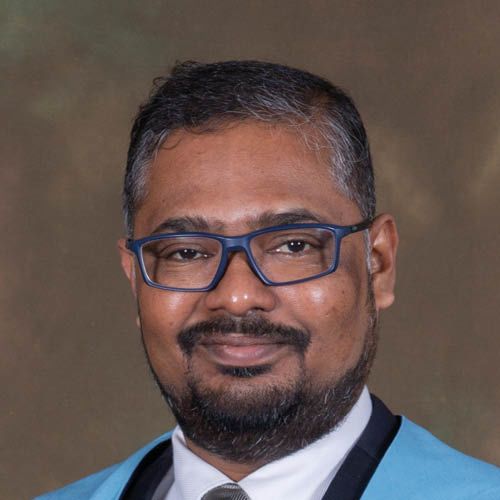Act now to save the NHS
Insights from the latest census report on the surgical workforce


Lasitha B Samarakoon
SASLED Committee Member

Majid Mukadam
RCSEd Council Member and SASLED Committee Chair
T he Avancing the Surgical Workforce: 2023 UK Surgical Workforce Census Report was published recently. Among the many revealing insights into the nature and magnitude of the surgical workforce crisis within the NHS, there are key recommendations of particular relevance to specialty, associate specialist and specialist (SAS) doctors, as well as locally employed doctors (LEDs).
Retaining the surgical workforce
Of the census respondents across all career grades, 50% indicated they had considered leaving the workforce in the past year. This is an astounding figure and clearly demonstrates the current workforce crisis. Although this figure applies to all grades of doctors, it is far more pertinent to SAS doctors and LEDs.
Years of neglect and undervaluing has left the SAS/LED workforce frustrated and dejected. Lack of clear career progression, ever-increasing workloads and understaffing has pushed the SAS/LED community to the brink of collapse. Indeed, 61% of respondents cited burnout and stress as the main challenges in surgery, with 42% unable to take their annual leave entitlement.
Consultant surgeons are considering retirement
Within the 55–64 age group of consultant surgeons, 64% planned to retire in the next four years. The workforce crisis and increased demands have been relentless across the NHS, not sparing any existing workforce categories, including the consultant body. It is worrying that more than half of the existing senior consultant workforce has expressed an intention to retire from active clinical practice within the next four years. This will create a huge skilled workforce hiatus. Most of the current surgical trainees whose training had been impacted by the pandemic and duty hour restrictions would be unlikely to step up to cover this gap.
A senior SAS/LED workforce is an excellent solution to this problem. Even though it is neglected and undervalued, this group can step up and adequately support the services at a variety of levels with autonomous practice. However, uilising their potential remains problematic. One solution is to streamline and reform the current pathways to specialist registries, which at the moment remain cumbersome, lengthy, opaque and expensive. The other is to encourage Trusts to consider locally employed consultant and specialist posts to utilise the skills and experience of the senior SAS/LED workforce.
Conflicts between clinical and managerial priorities
Forty-seven per cent of respondents said they felt that system challenges had an impact on their ability to deliver their work. This is an alarming trend in an already stretched service. If the NHS is to survive, the whole system has to change. Most of the frustration felt by the SAS/LED workforce stems from system challenges they have been facing over the years. Mismanaged chronically, SAS doctors and LEDs have been severely affected by conflicts between clinical and managerial priorities. Hence we feel it is time that SAS/LED contributions to the NHS are recognised and respected, and that steps are taken to advance the SAS/LED community’s interests.
Advancing the Surgical Workforce has been revealing on many fronts. This report has further reinforced the message: we have to act now to avoid an irreversible healthcare workforce crisis.
We would like to thank the respondents from career grades across the NHS who made their voices heard. It is up to us to listen and identify the concerns, then act swiftly and decisively to save the NHS for future generations to come.
|
Reference rcseng.ac.uk/standards-and-research/surgical-workforce-census Accessed 24 January 2024. |

